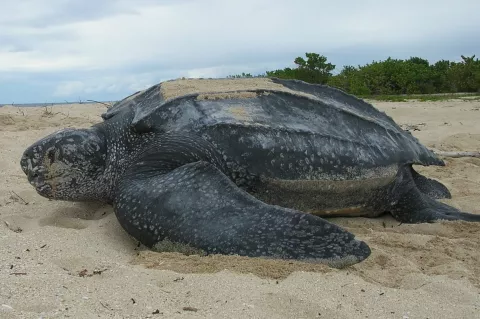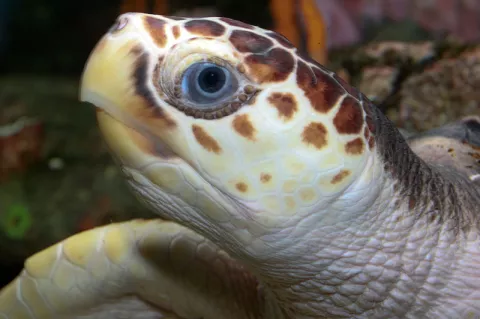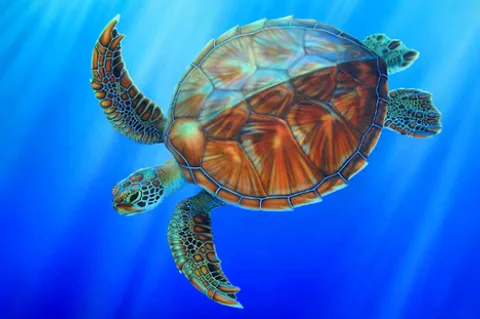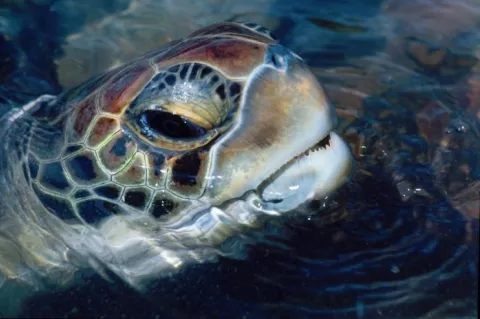Study identifies key loggerhead turtle foraging grounds
After tracking female loggerhead turtles in the Mediterranean, scientists at University of Exeter discovered that they feed at the same locations every year.
Specifically, these were in the Adriatic region, Tunisian Plateau and the eastern Mediterranean. Unfortunately, some of these locations are not ideal, and lead the loggerheads into danger.











